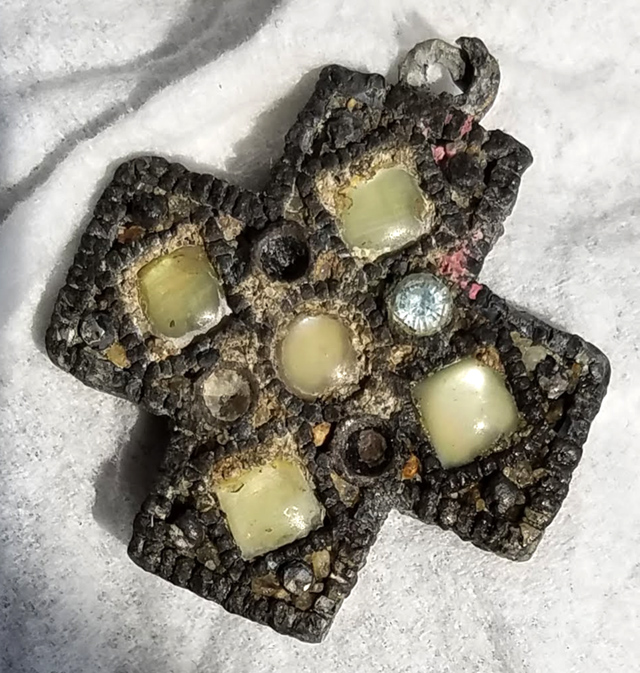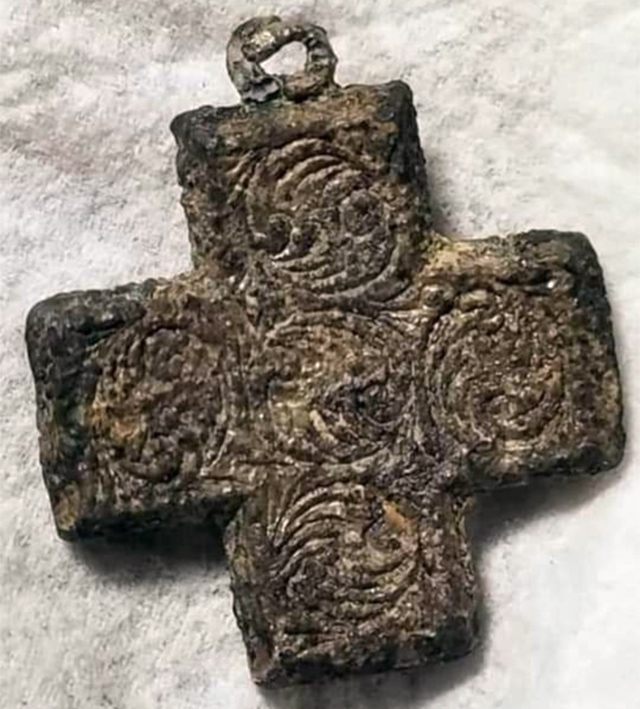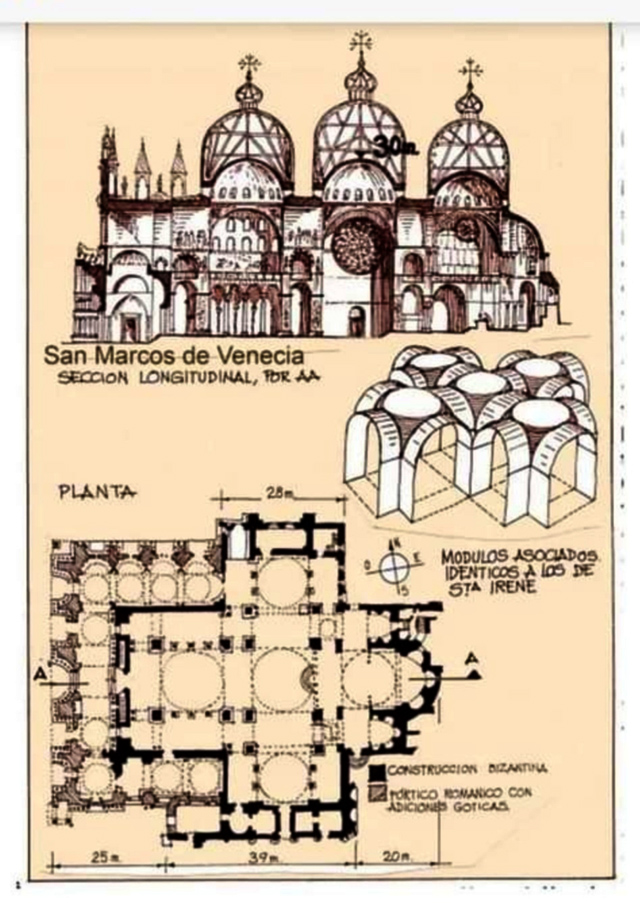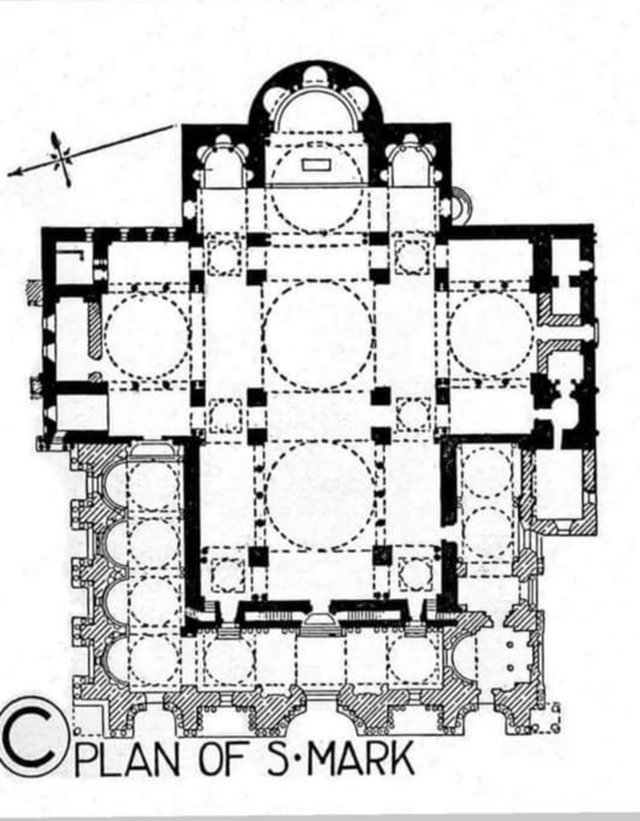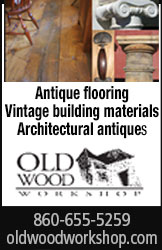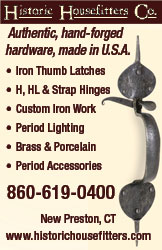
Home
 Structural Products & Services, Stairlifts
Structural Products & Services, Stairlifts
Furniture, Clocks,
Accessories
Antiques, Folk Art,
Fine Art, Auction Houses
JOURNEY OF THE OPAL CROSS
by Sara Drought Nebel
| “I got a signal!” Rich yelled, but Paul was out of hearing range, off collecting mussel shells. Rich began to dig into the tidal pool, trying to outpace the swirling salt water bent on keeping its treasure hidden. Finally, with Paul now digging too, he won the battle, and pulled out the golf ball sized clump of barnacles. Paul sighed. “Are you sure that’s it?” “I think so,” Rich said, “there is no signal of anything else down there.” Carefully, he plied off a piece of the barnacles and saw a square of metal. “Yep, there’s something in here. Won’t know what til I can get it out….. I’ll work on it at home….” Rich loved to go metal detecting with his son. They had found many belt buckles, old coins, jewelry, train chains, and various interesting historical artifacts over the years. They loved the excitement of uncovering things that had been long forgotten, and connections to history, and the people who last held these objects. After carefully washing and coaxing the barnacle casing off of the artifact, Rich took the Cross to a coin collecting appraiser that he knew, to have him examine it. “I can tell you that these opals are real, and sandblasted,” said the appraiser. |
|
| "Obviously in the water for a long time, but they are real opals. And the diamonds are real too. Hand cut, obviously long ago. The metal is bronze I think, as there is no rust that I can see. The patterns are very intriguing. The shape is interesting - an equal sided cross…. I can tell you it is very old, but that is about it. I suggest you take it to a museum curator and see what they say?” So, Rich took it home, and put it in the drawer with the other artifacts, meaning to someday take it to someone to look at again. Then Paul had the collection with him for a while. The Opal Cross sat again, suspended in time. Ten years ticked by. After looking at pictures of it, I asked him where it was. Happily, Paul still had it! I was amazed at how small it was. We did a little research, as one can now with information at our fingertips and we began to imagine the possible journey of this amazing little artifact. A bronze Greek Cross with 5 ocean green opals and 4 (one remaining) tiny diamonds. On the reverse side, some kind of symbolic swirls. When we discovered that this little jewel was in the exact shape of the St. Mark Basilica in Venice, with the opals exactly where the domes are, showing the exact footprint of this historic cathedral, we were mesmerized. Suddenly a story emerged… |
|
|
|
| The little Cross sparkled as it dangled on the white robes of Saint Mark the Evangelist. Somewhere around 5 AD, Mark, later to be known as Saint Mark the Evangelist, was born in Cyrene, Libya. Cyrene is the Roman Latin adaptation of the name Kyrene, which was named for the mythological daughter of a Thesalian (greek name of the island at the time, Thesa) King, Hypseus, and a water Nymph. She protected her father’s herd with the aid of a sword, a spear and two hunting dogs given to her as a gift by the Goddess, Artemis. Apollo saw her fighting a lion with her bare hands and fell in love with her. He took Kyrene to North Africa and married her. The springs where the Greeks chose to found the city were identified as the domain of Kyrene (since her mother was a water nymph) Hence the city’s Greek name, Kyrene, Roman-Latin, Cyrene. Mark became immersed in Christianity and was working to spread the Gospel. He came to the city of Alexandria, Egypt and founded his own Coptic Cathedral there in 60 AD. During one of his travels, St. Mark broke his sandal, and a cobbler named Anianus, was commissioned to fix it for him. While doing so, he accidently drove the awl into his own hand. St. Mark performed a Miracle, covering his wound with mud and spittle and healing it. Anianus went back with St. Mark to Alexandria. After studying with St. Mark, Anianus became a Bishop at the Cathedral, in high standing, and when St. Mark decided he would travel to Rome and elsewhere, to further spread the Gospel, he ordained Anianus as Pope to head the Church in his absence. St, Mark went to Rome and other places in Italy from 61 AD, when Nero Claudius Caesar was the Emperor. Christianity was tolerated in Rome at this time, but was still very controversial and tinderboxes were ripe to be lit. Around the time of the Great Fire in Rome in 64 AD St. Mark went back to Alexandria. The Church in Alexandria had grown in his absence, under Anianus, and they were able to build a new and larger Cathedral on the shore of the eastern harbor of Alexandria, which became known as Portus Magnus of the Ptolemaic Dynasty. A winged lion with a Bible became St. Mark’s symbol, most likely from the lion of the sea nymph, Kyrene, from his native land of Cyrene. In about 66 AD St. Mark traveled back to his home in Cyrene, Libya. He continued to spread the word of Christ, along with the other Apostles, who kept traveling far and wide in their missions. While in Cyrene, maybe St. Mark was given a gift. Maybe it was a Greek Cross. With 5 Opals and 4 diamonds set in bronze. At the time, Opals were mostly mined in Ethiopia, and diamonds in India. Maybe it was given (or commissioned) to be worn as a symbol of unity. Unity of the pagan traditions and the Gospel of Christianity and monotheism. Many pagan cultures used a cross in a circle to represent the four directions of north, south, east and west. The solstices and the equinoxes. The circle celebrated the arch of the sun, and many things in nature like waves and shells and the circle of life. It seems logical that the mission was to integrate the pagan traditions into their religions. It may have been in this spirit that the Greek Cross came about. And maybe why this symbolism was used in the footprint and design of Basilica Cathedrals. On April 25th in 68 AD St. Mark was killed in Cyrene. After his death, the body of St. Mark was taken back to Alexandria and respectfully buried under the Church/Cathedral he had founded. In 828 AD the body and artifacts of St. Mark were stolen by Venetian merchant pirates to be taken to Venice, to validate the St. Mark Basilica Cathedral that was built in his honor. After successfully performing their heist, in the dark of night, and getting their take on board and setting sail, they encountered a powerful storm that almost sank the ship. As the ship took on water and was hurled mercilessly by the winds, they said that St. Mark himself appeared to them telling them to drop the sails, and he saved the ship. When they arrived safely in Venice they told their story. The body, head and artifacts of St. Mark were stolen many times after that. When a fire burned down the St. Mark Basilica Cathedral in Venice in the late 1000th century, a new Cathedral was built in Venice, in 1094 AD, it was designed in the footprint of the symbolic Greek Cross, with the five (Opal) domes and four (diamond) steeples. With 4 equal Cross hallways, and even an arched entrance where the hanger of the cross is, to represent the Christian mission of St. Mark the Evangelist. So, maybe this little Greek cross made its way from the basements of Cathedrals, in the bellies of treasure chests on pirate ships from Cyrene to Alexandria, to Venice, to Rome, to Iceland and Greenland with Erik the Red, to Maine with Leif Eriksson, and down the Atlantic in the many pirate ships that sailed there. There are stories about shipwrecks of pirate ships in Connecticut, on their way to New London, Milford and the Thimble Islands. After one of these wrecks, perhaps the little jewel gathered barnacles on the Sound floor and began to roll with the tide, ending up in a tidal pool in the rocks on this Connecticut shoreline. |
|
